Hot Stress Physiology In Animals You Must Read
Royal veterinary college created date: Martin, elizabeth andreassi, william watson & courtney a.

(PDF) STRESS IMPEDES REPRODUCTIVE PHYSIOLOGY OF DAIRY
Animals mount a response to a stress that involves behavioral, metabolic, and physiological changes at multiple levels of vertebrate organization from subcellular to the.

Stress physiology in animals. This book was released on 15 january 1999 with total page 284 pages. Coon © 2011 nature education Thus, stress is defined as a state of disharmony (cacostasis or allostasis) and is counteracted by an intricate repertoire of physiologic and behavioral responses which aim to maintain/reestablish the threatened homeostasis (adaptive stress response).
Stress physiology in animals provides an overview of the impact of stress on animal physiology, organized by functional activity. It is usually short lived. Stress physiology in animals author:
One must remember that during mating, play or hunting, many of the biochemical variables that are commonly used as measures of welfare reach extreme values. Soybean salt stress is one of the major abiotic stresses, depress plant growth and limit crop production. Acute stress, episodic stress, and chronic stress;
An overview of the impact of stress on animal physiology, organised by functional activity. Acute stress is generally recognized with symptoms such as anger, anxiety, irritability and acute periods of depression. Soybean is one of the main crops in china.
Download or read book entitled stress physiology in animals written by paul h. Of social stress research in animals and man, that two stress response patterns may be distinguished. However, the additive effect of handling and transport under heat stress conditions on animal physiology, wellbeing and product quality, cannot be ignored.
Agricultural production of the world is severely affected by various stresses such as biotic and abiotic stress, contributes majorly by decreasing the average yields over 50% and biotic stress. Stress physiology in animals this edition was published in 2000 by crc press in boca raton. Behaviorally, the active response is characterized by territorial control and aggression.
Because of the increasing salinization in soils, it has been a great threat to crop productivity. Degrees of hunger, dehydration and other stresses can be measured with objective biochemical methods or other tests. Many animals in a gradient of an environmental variables such as temperature, ionic balance, oxygen availability, pressure, light, etc., will move about while they are in less favourable areas and remain quiet when they arrive in the more favourable areas.
Stress has long been known to affect the health of humans, and it affects the health of other animals, as well. The environment in this case is acting as “directive force” and the variables are the “environmental stressors.” the. Since the focus of this review is heat stress, the effect of other stressors, including transport and handling are not included (see ferguson and warner (2008) for review);
Physiological mechanisms and ecological consequences by: The stress response in teleost fish shows many similarities to that of the terrestrial vertebrates. The chapter also reviews measures of physiological indicators of fasting, dehydration, general reactions to stress (heart rate, cortisol, respiration and glucose) and physical activity (lactate, glycogen, creatine kinase).
Stress physiology in animals provides an overview of the impact of stress on animal physiology, organized by functional activity. The stimuli are called stressors and physiological and behavioral changes in response to exposure to stressors constitute the stress response. It comes on quickly and also goes quickly.
The authors concentrate on the recent literature, and the volume covers a range of organization, from molecule to community. Stressors are commonly accepted as the causal factors, either internal or external, that evoke physiological responses to mediate the impact of the stressor. In these situations, the animal may have good welfare.
In this chapter, studies on transport mortalities for cattle, calves, sheep, pigs and poultry are reviewed. Acute stress is the stress that occurs for a short period of time. Available in pdf, epub and kindle.
The article discusses the physiological, biochemical and haematological variables in relation to stress responses of livestock (cattle, calves, sheep, pigs, goats and deer) during transportation. Thermal stress is triggered when environmental conditions exceed the upper or lower critical temperature of domestic animals requiring an increase in basal metabolism to deal with the stress. This review presents current knowledge on the physiology of the stress.
Comparative aspects of the subject are emphasized throughout. The majority of research on the physiological stress response, and costs incurred to an animal, has focused on terrestrial species. Comparative aspects of the subject are emphasized throughout.
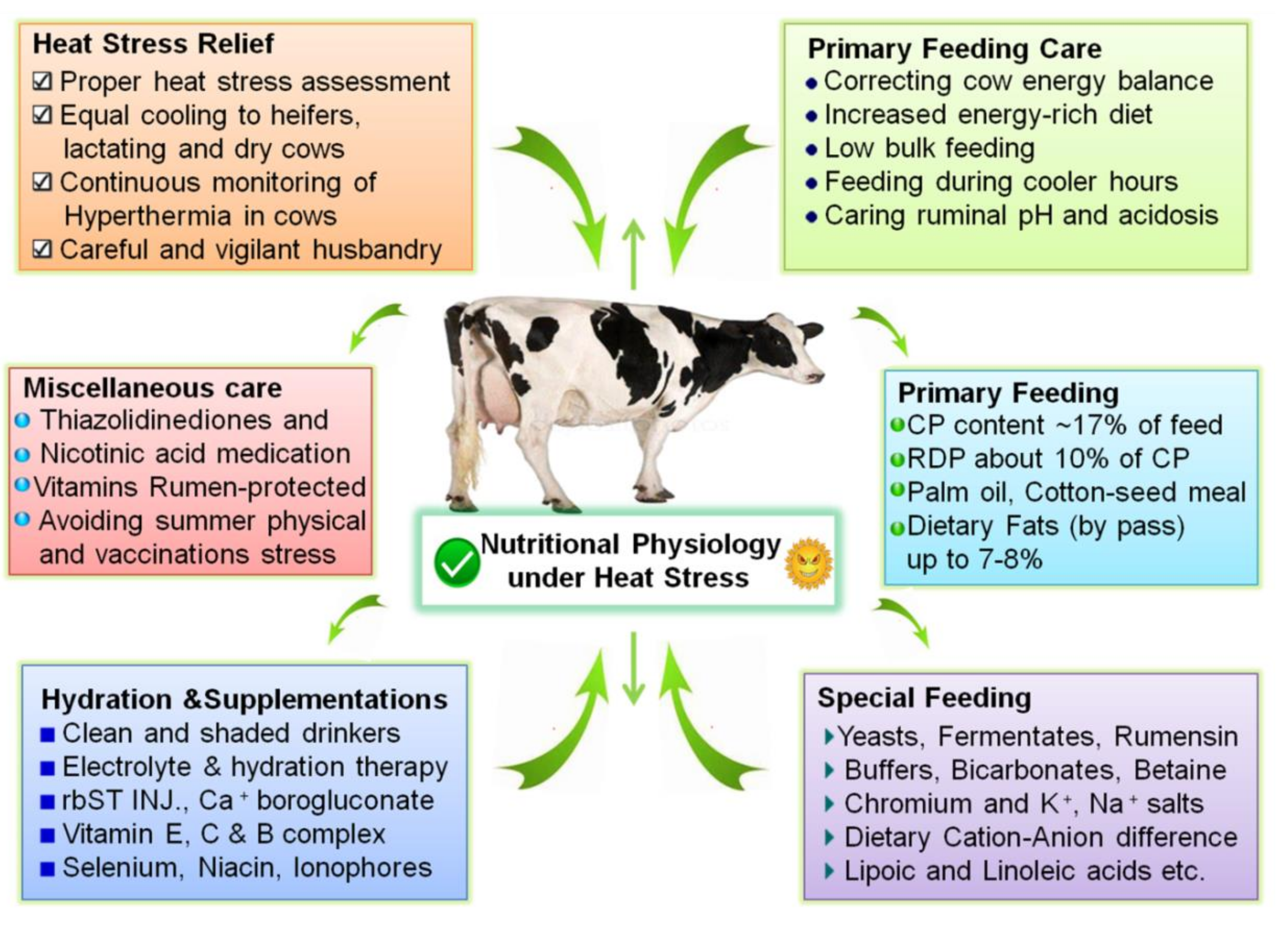
Animals Free FullText Nutritional Physiology and

The Physiology of Trees under Stress (2 credits) Admission

Linking the roles of personality and stress physiology for
A Synopsis Of Natural History Embracing The Natural
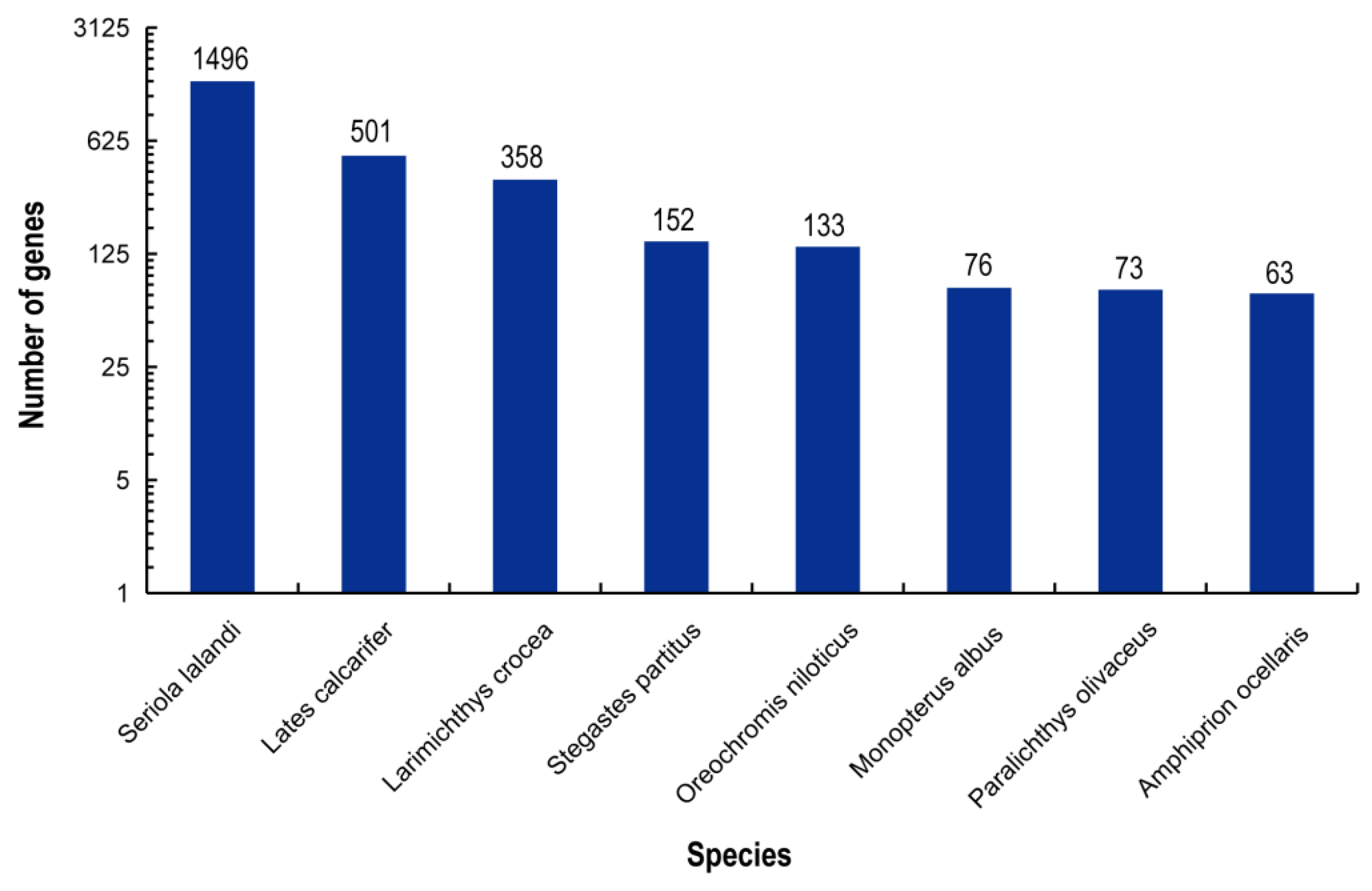
Animals Free FullText RNA Sequencing Analysis Reveals

Pin by Lacey Van Cleve on Animals What is stress

Stress Physiology « Dermal Radiance
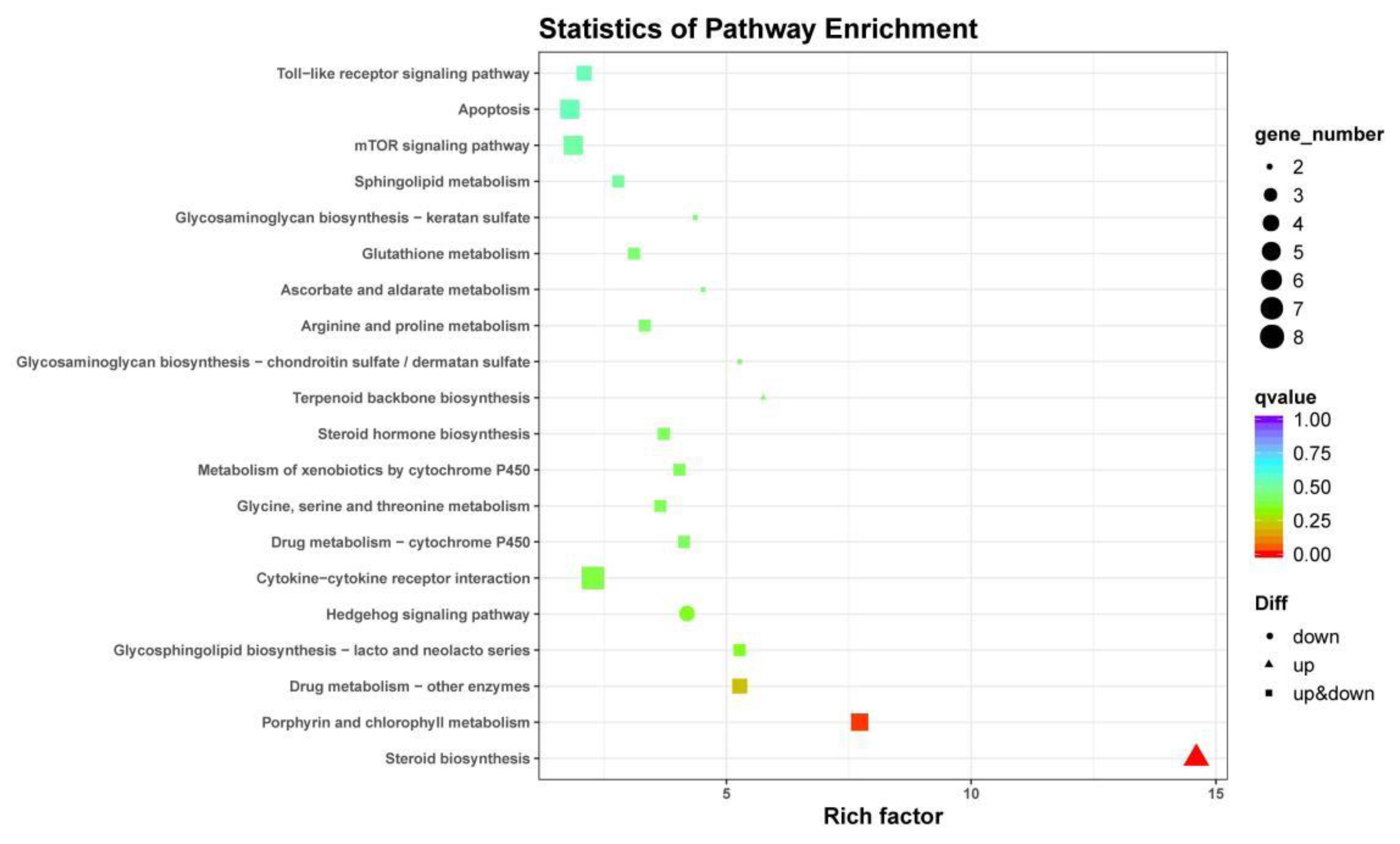
Animals Free FullText RNA Sequencing Analysis Reveals
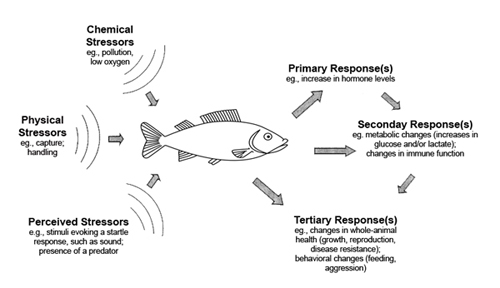
Tutorial Fishes Physiological Stress Discovery of

Joshua TABH PhD Environmental and Life Science (Avian

Evidence Synthesis Initiative for Animal and Veterinary

Animals Free FullText Models and Methods to

Walking with animals can reduce
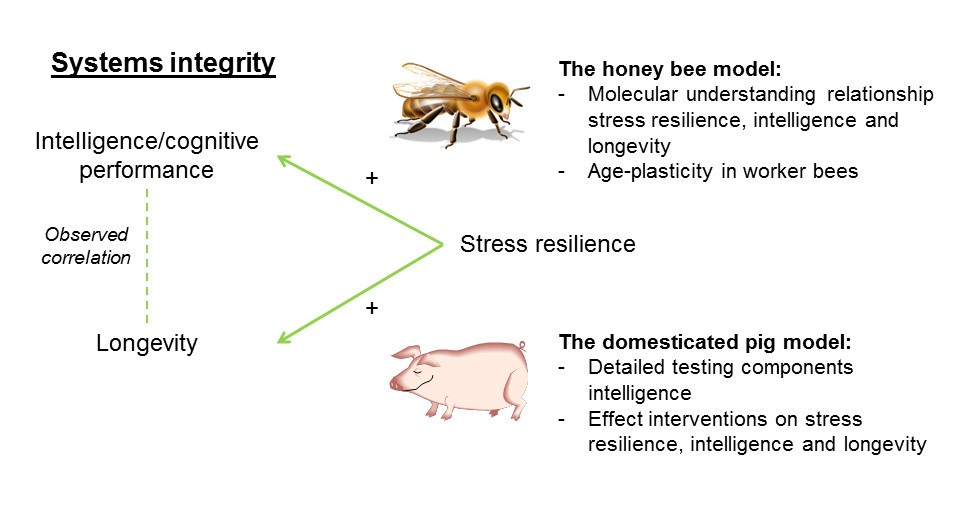
Systems integrity in health and aging an animal model

Conservation Physiology of Tigers in Zoos Integrating

Lab of Animal Health and Stress Physiology in Aquaculture
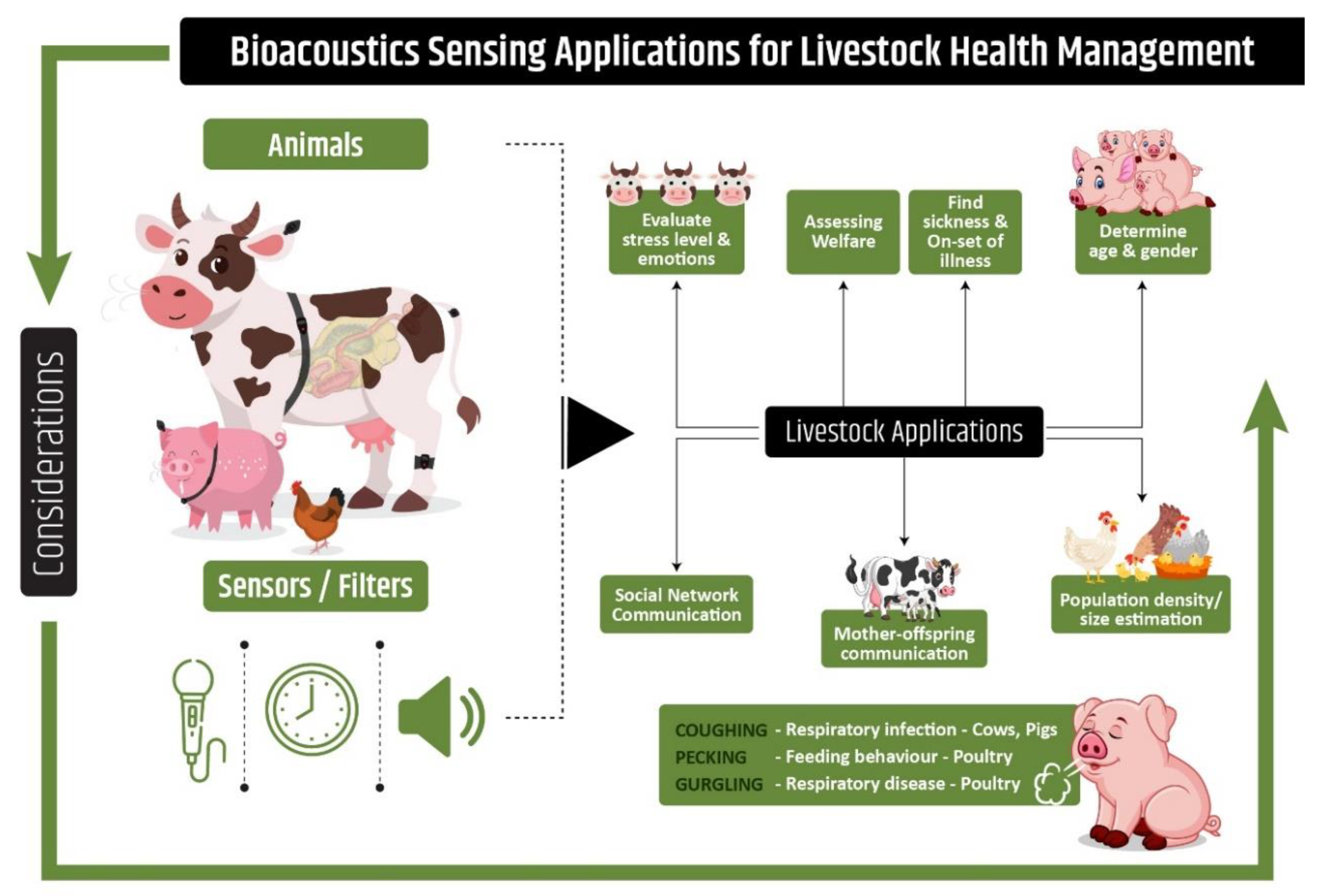
Animals Free FullText Transforming the Adaptation

Optimizing livestock performance at hot peak seasons
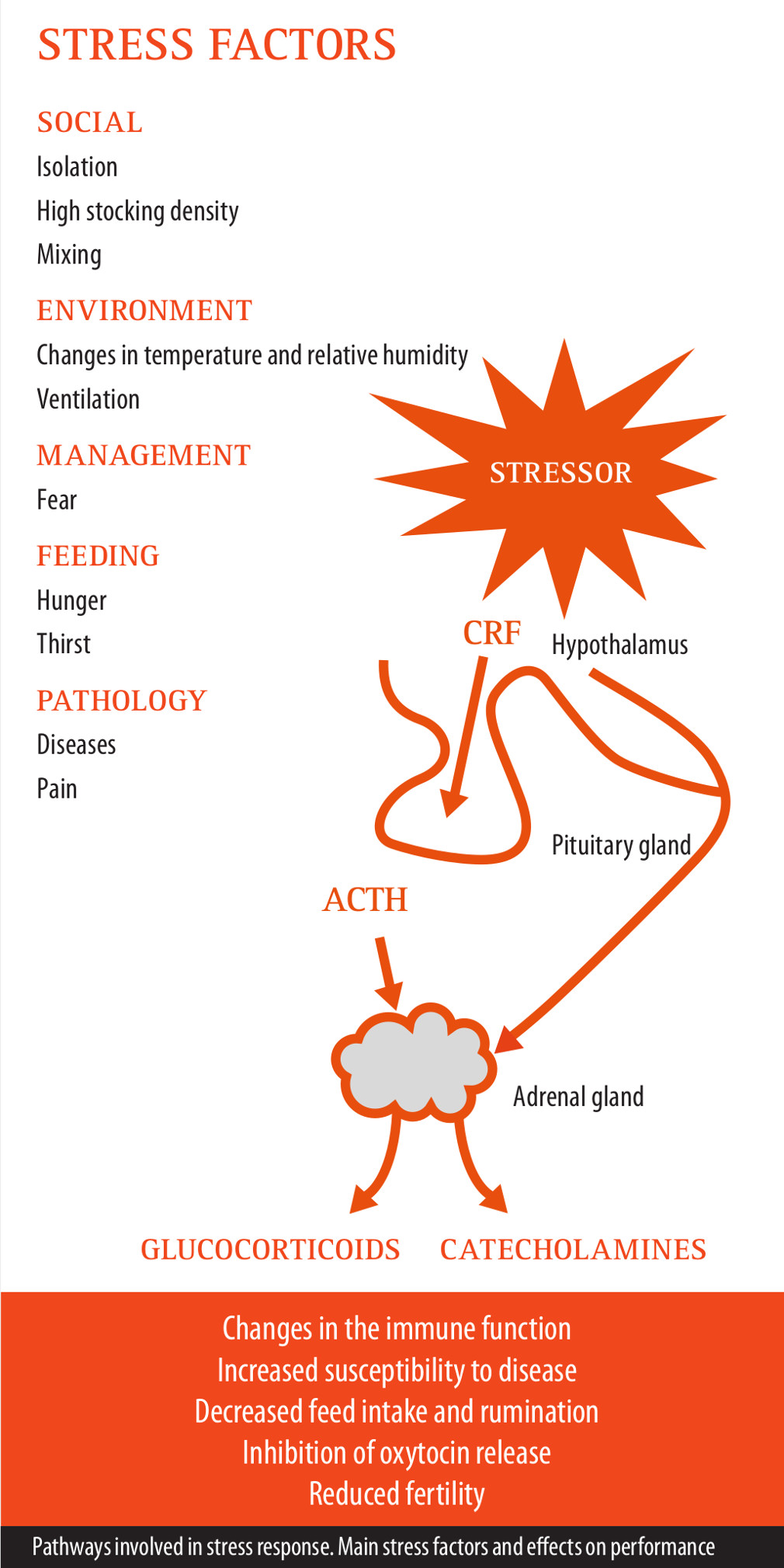
Post a Comment for "Hot Stress Physiology In Animals You Must Read"